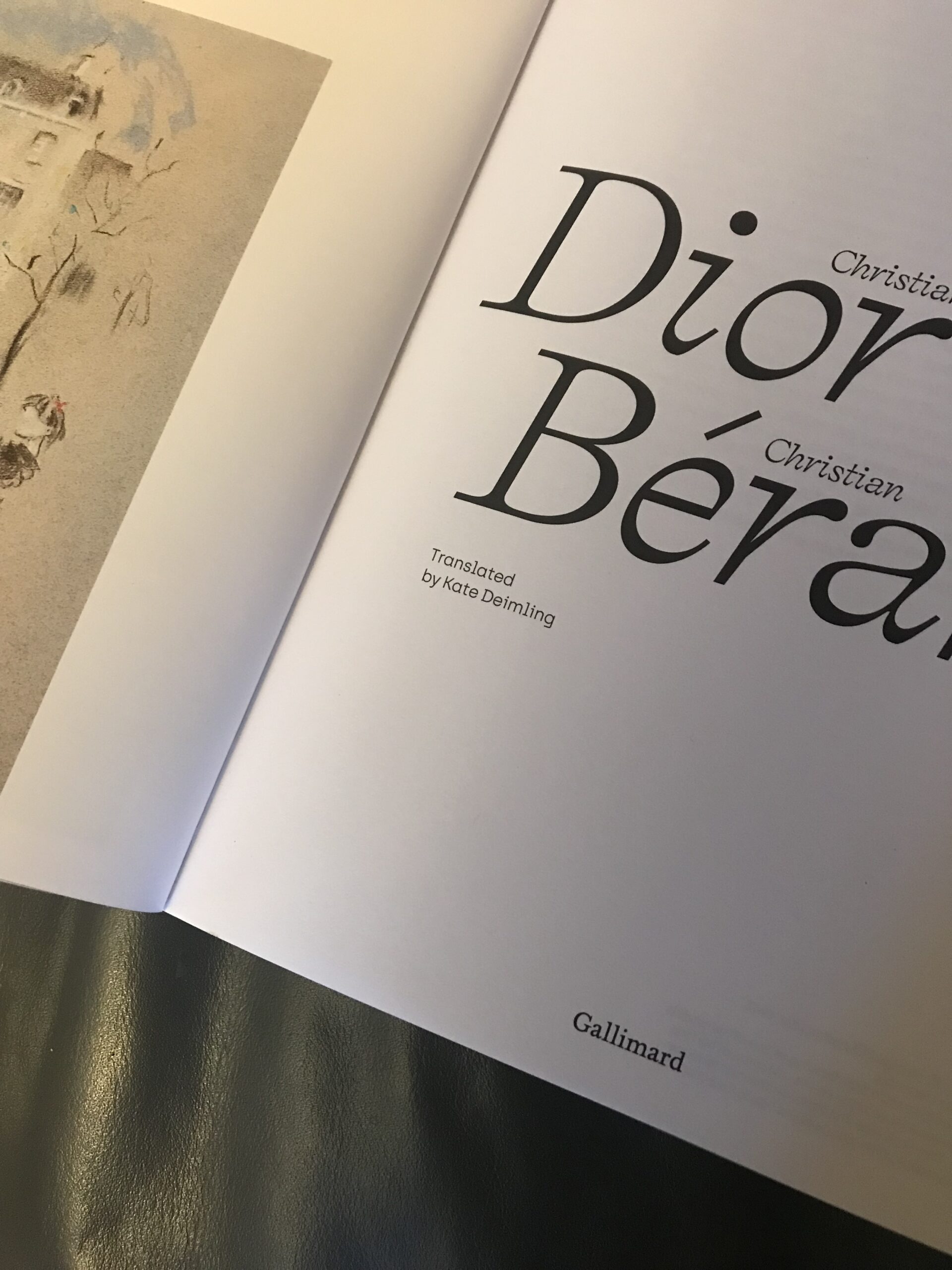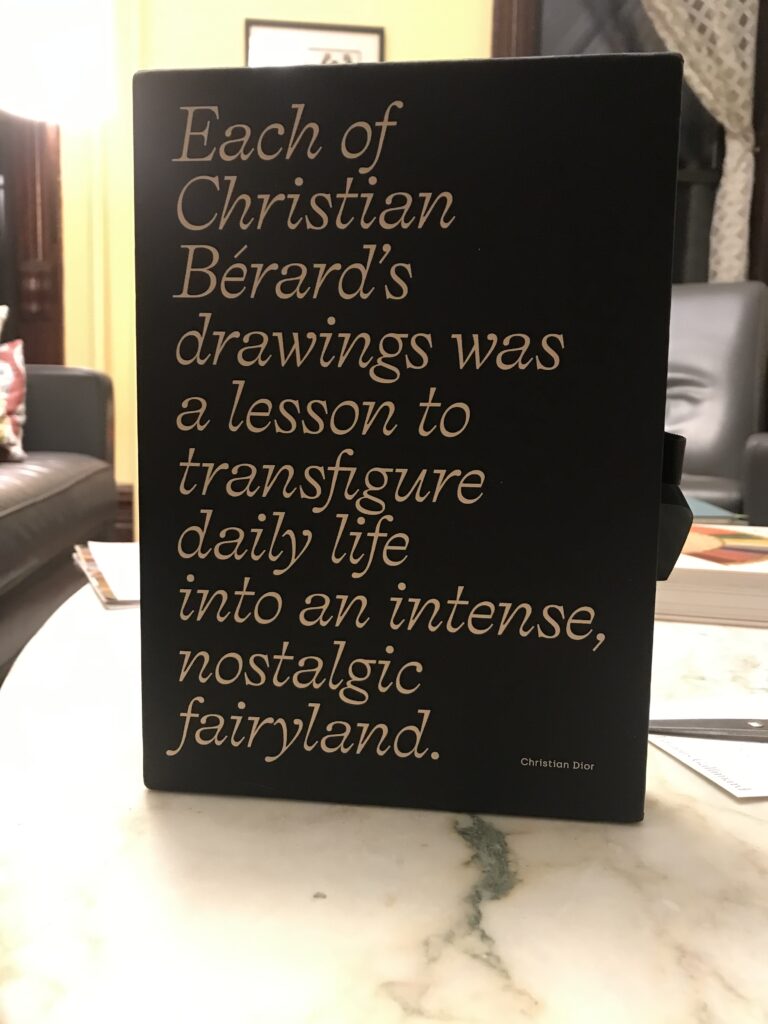My translation of Laurence Benaïm‘s joint biography of the two Christians is out today. You probably know one of them, thanks to a multi-million-dollar corporation that bears his name. But what about the other?
Christian Bérard was a talented artist who became a renowned set and costume designer. In pre-World War II Paris, he and Dior became close friends, although they were different in many ways. Bérard was ebullient, disheveled, and flamboyantly gay. Always polished, Dior was more reserved about his sexuality and in general. But he admired Bérard’s art and was frequently inspired by his idiosyncratic approach.
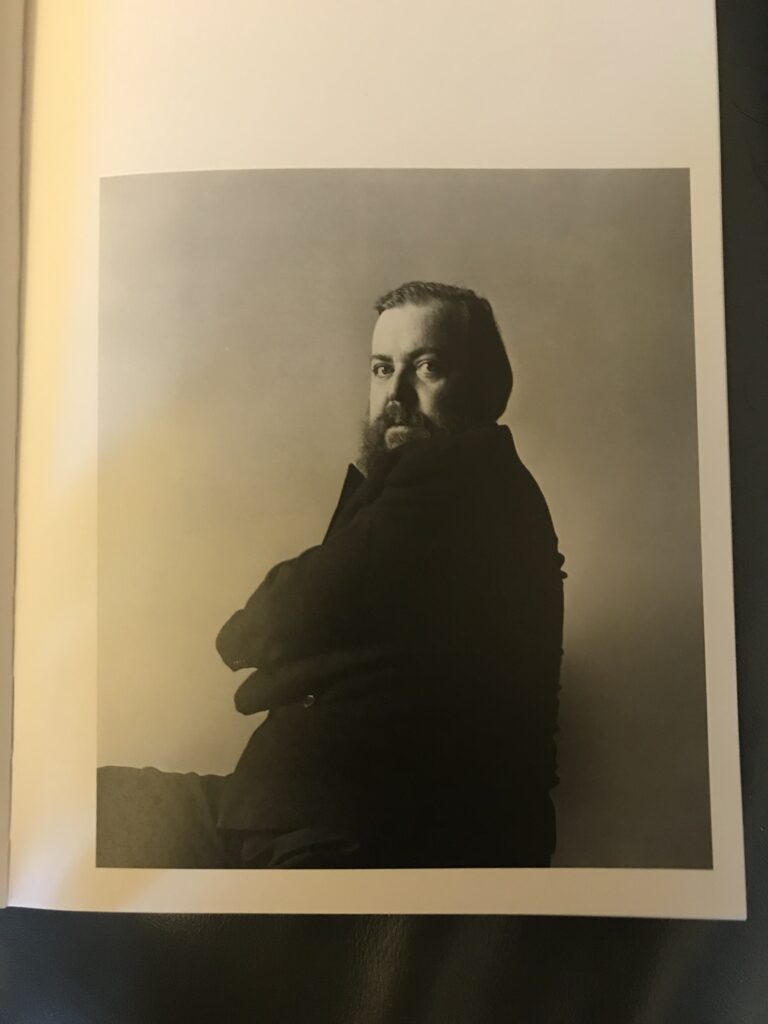
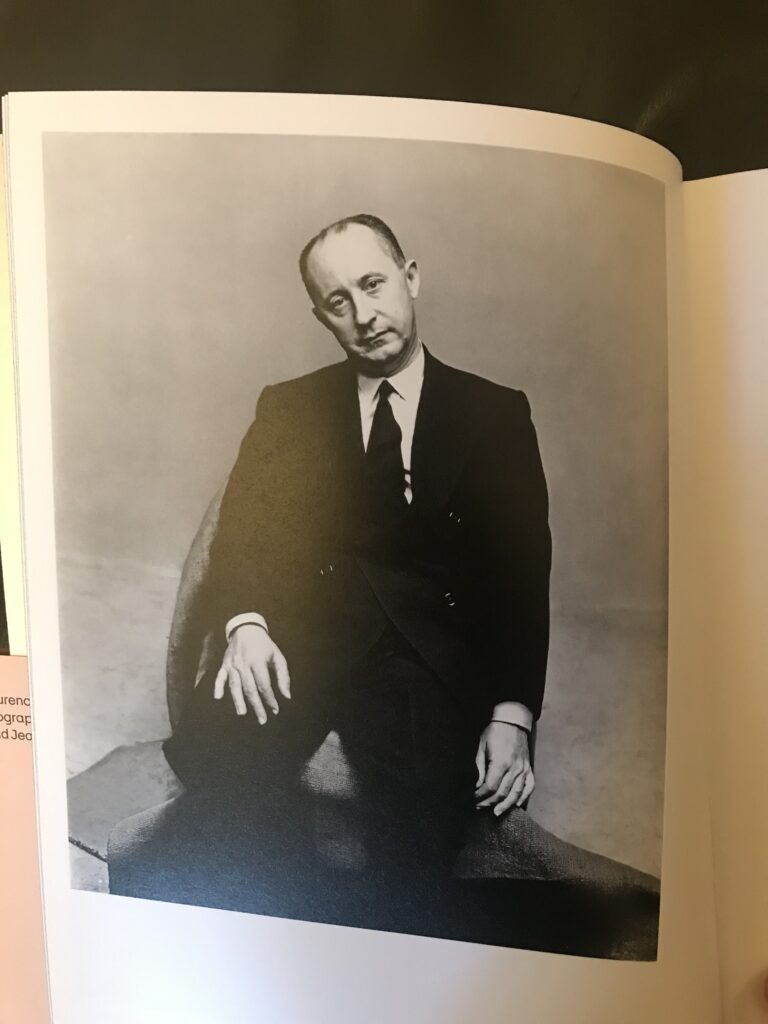
This is how Dior described meeting Bérard:
He was a blond, clean-shaven, slim young man, whose huge blue eyes had already glimpsed that the human face, the life of human beings, deserved more attention and honor than the simplified still lifes of the Cubists or the geometrical figures of the abstract artists. His name was Christian Bérard. Each one of his drawings instructed once more how to see, to transfigure daily life into an intense, nostalgic fairyland. I bought everything I could of his inspired sketches and panels and I covered the walls of my room with them.
In this lavishly illustrated volume, Benaïm brings the world of these two artists to life, against a backdrop of wild nightlife, competing artistic movements and clashing egos, and the tragedy of twentieth-century history. How many people are aware today that Christian Dior named his fragrance Miss Dior after his sister Catherine, who was active in the French Resistance and never fully recovered from being tortured by the collaborationist French police?
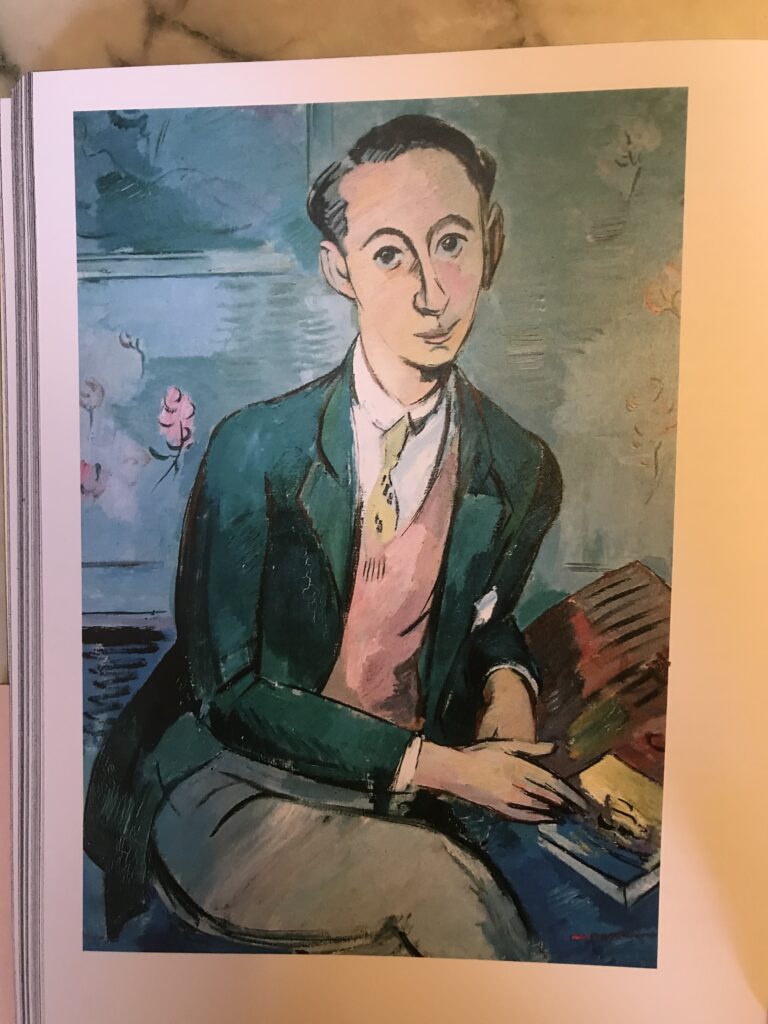
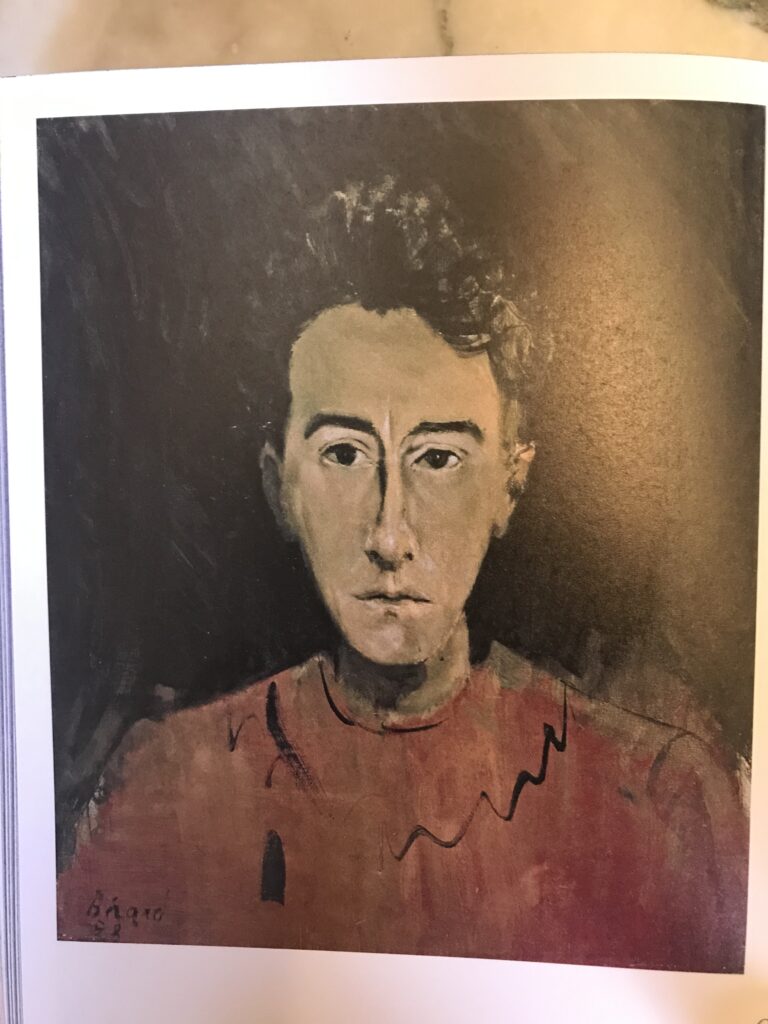
I first encountered Christian Bérard when I translated Benaïm’s biography of Yves Saint Laurent. As a teenager, Yves saw a production of Molière‘s School for Wives in his hometown of Oran, Algeria, with set design by Bérard:
Chandeliers like starbursts were painted onto a mauve ceiling. Where and when was this? There were no historical details indicating an exact time period. Everything was implied. Yet it was the seventeenth century, at the Jardins du Palais-Royal in Paris. For Yves, this play was a revelation. … He had discovered the magic of illusion.
More than a story of two lives, this book explores endlessly inspiring connections between art and fashion and the fascinating social circles of Christian Dior and Christian Bérard.

